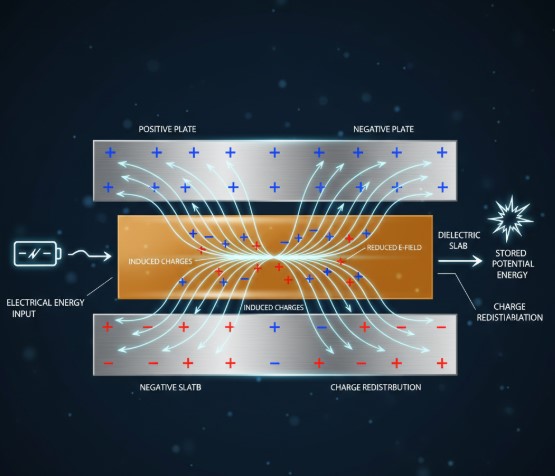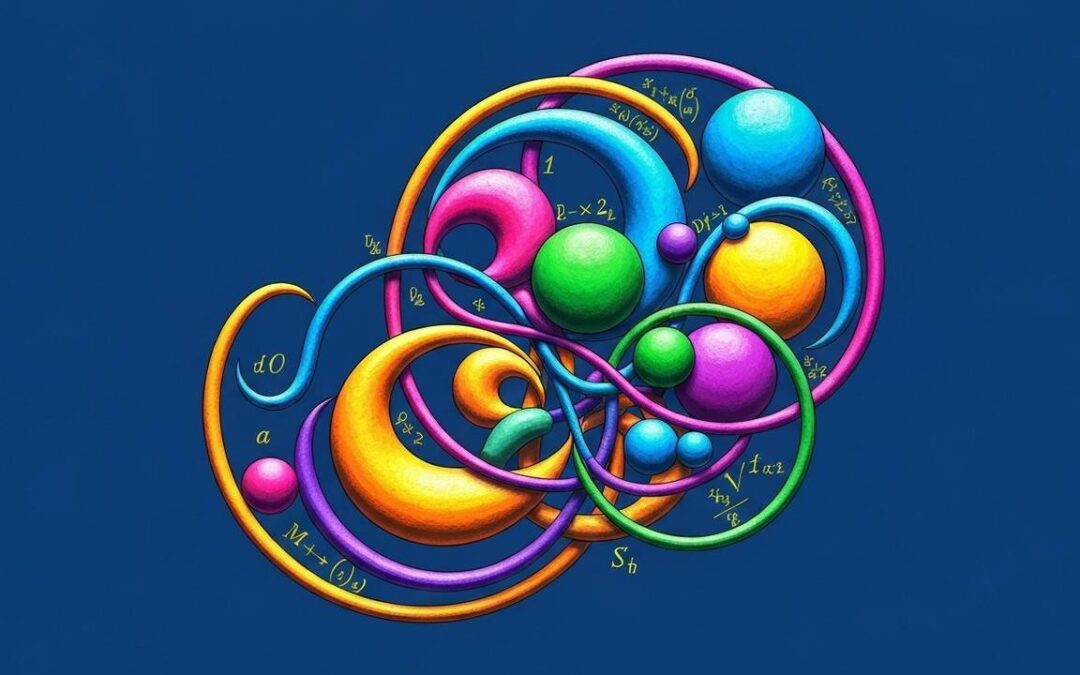Logical operators as functions provide a powerful way to represent and manipulate logical expressions. Understanding how AND, OR, and NOT can be expressed mathematically allows us to generalize these operations for multiple inputs and complex scenarios. We’ll explore how to represent these operators using simple functions, ensuring that they adhere to their respective truth tables. This functional approach enables us to combine operators and create complex logical expressions with ease. Exploring logical operators is key.
Table of Contents
- Representing AND Operator as a Function
- Representing OR Operator as a Function
- Representing NOT Operator as a Function
- Representing XOR Operator as a Function
- Generalizing Logical Operators as Functions
- Similar Problems and Quick Solutions
- Problem 1: Represent the NOR operator as a function.
- Problem 2: Represent the NAND operator as a function.
- Problem 3: Represent ##(X \; AND \; Y) OR (NOT \; Z)## as a function.
- Problem 4: Simplify ##(X \; AND \; Y) XOR (X \; AND \; Z)##.
- Problem 5: Express ##X \; \Rightarrow \; Y## using other logical operators.
More from me
In discrete mathematics and computer science, logical operators are fundamental. Representing these operators as functions is crucial for various applications, including digital circuit design and algorithm development. This article explores how to define logical operators like AND, OR, and NOT as mathematical functions that operate on binary inputs, adhering to specific truth tables and generalizing for multiple inputs.
Representing AND Operator as a Function
The AND operator, often denoted as ##∧##, returns true (1) only if both inputs are true (1). Otherwise, it returns false (0). The function ##f(x, y) = x y## accurately represents the AND operator when ##x, y ∈ {0, 1}##. This is because ##0 0 = 0##, ##1 0 = 0##, ##0 1 = 0##, and ##1 * 1 = 1##, perfectly mirroring the AND truth table. The AND operator is very useful in programming.
This functional representation allows for easy generalization to multiple inputs. For example, with three inputs ##x, y, z##, the AND operation can be represented as ##f(x, y, z) = x y z##. This extends seamlessly to n inputs, where the function returns 1 only if all inputs are 1, and 0 otherwise. The AND operator is essential for conditional statements.
Representing OR Operator as a Function
The OR operator, denoted as ##∨##, returns true (1) if at least one of the inputs is true (1). It returns false (0) only if both inputs are false (0). A functional representation for OR can be derived using the formula ##f(x, y) = x + y – x * y##. This formula ensures that ##f(0, 0) = 0##, ##f(1, 0) = 1##, ##f(0, 1) = 1##, and ##f(1, 1) = 1##, matching the OR truth table. The OR operator is widely used in set theory.
Alternatively, the OR operator can be expressed using the NOT and AND operators through De Morgan’s law: ##x ∨ y = ¬(¬x ∧ ¬y)##. Functionally, this translates to ##f(x, y) = 1 – ((1 – x) * (1 – y))##, which is equivalent to the previous formula. This representation highlights the relationship between different logical operators. The OR operator is fundamental in digital electronics.
Representing NOT Operator as a Function
The NOT operator, denoted as ##¬##, inverts the input. If the input is true (1), it returns false (0), and vice versa. The function ##f(x) = 1 – x## perfectly represents the NOT operator. When ##x = 0##, ##f(0) = 1 – 0 = 1##, and when ##x = 1##, ##f(1) = 1 – 1 = 0##. This simple function is a cornerstone of logical operations. The NOT operator is crucial for creating complex logical expressions.
The NOT operator is often used in conjunction with other operators to create more complex logical expressions. For example, the NOR operator (NOT OR) can be represented as ##¬(x ∨ y)##, which functionally translates to ##f(x, y) = 1 – (x + y – x y)##. Similarly, the NAND operator (NOT AND) can be represented as ##¬(x ∧ y)##, or ##f(x, y) = 1 – (x y)##. The NOT operator is essential in computer architecture.
Representing XOR Operator as a Function
The XOR operator, denoted as ##⊕##, returns true (1) if the inputs are different and false (0) if they are the same. The function ##f(x, y) = x + y – 2 x y## accurately represents the XOR operator. This is because ##f(0, 0) = 0##, ##f(1, 0) = 1##, ##f(0, 1) = 1##, and ##f(1, 1) = 0##, matching the XOR truth table. The XOR operator is commonly used in cryptography.
Another way to represent the XOR operator is by combining AND, OR, and NOT operators: ##(x ∧ ¬y) ∨ (¬x ∧ y)##. Functionally, this translates to ##f(x, y) = (x (1 – y)) + ((1 – x) y) – ((x (1 – y)) ((1 – x) * y))##, which simplifies to ##x + y – 2xy##. This alternative representation demonstrates the versatility of logical operators. The XOR operator is vital in error detection and correction.
Generalizing Logical Operators as Functions
To generalize logical operators for vectors, apply the functions pointwise. Given vectors ##X = (x_1, x_2, …, x_n)## and ##Y = (y_1, y_2, …, y_n)##, the AND operation can be represented as ##Z = (x_1 y_1, x_2 y_2, …, x_n y_n)##. Similarly, the OR operation is ##Z = (x_1 + y_1 – x_1 y_1, x_2 + y_2 – x_2 y_2, …, x_n + y_n – x_n y_n)##. This approach extends seamlessly to any number of inputs and operators. Generalizing logical operators is key to advanced computing.
For complex expressions like ##X \: XOR \; Y \; AND \; Z##, combine the functional representations accordingly. First, compute ##X \; XOR \: Y## using ##f(x, y) = x + y – 2 x y##, then compute the AND of the result with ##Z##. This modular approach allows for the construction of arbitrarily complex logical expressions using simple functional building blocks. Generalizing logical operators simplifies complex computations.
Similar Problems and Quick Solutions
Problem 1: Represent the NOR operator as a function.
Solution: ##f(x, y) = 1 – (x + y \:-\: x \times y)##
Problem 2: Represent the NAND operator as a function.
Solution: ##f(x, y) = 1 – (x \times y)##
Problem 3: Represent ##(X \; AND \; Y) OR (NOT \; Z)## as a function.
Solution: ##f(x, y, z) = (x y) + (1 – z) – ((x y) \times (1 – z))##
Problem 4: Simplify ##(X \; AND \; Y) XOR (X \; AND \; Z)##.
Solution: ##f(x, y, z) = (xy) + (xz) – 2(xy)(xz)##
Problem 5: Express ##X \; \Rightarrow \; Y## using other logical operators.
Solution: ##¬X OR Y##, functionally represented as ##f(x, y) = (1 – x) + y – ((1 – x) * y)##
| Logical Operator | Functional Representation | Description |
|---|---|---|
| AND (##∧##) | ##f(x, y) = x * y## | Returns 1 only if both ##x## and ##y## are 1. |
| OR (##∨##) | ##f(x, y) = x + y – x * y## | Returns 1 if either ##x## or ##y## (or both) are 1. |
| NOT (##¬##) | ##f(x) = 1 – x## | Inverts the input; 1 becomes 0, and 0 becomes 1. |
| XOR (##⊕##) | ##f(x, y) = x + y – 2 * x * y## | Returns 1 if ##x## and ##y## are different. |
We also Published
RESOURCES
- Functions and Operators | User Guide | Support | Epi Info™ | CDC
- Logical functions (reference) – Microsoft Support
- How to represent logical operators as functions? – Mathematics …
- And, Or, and Not functions – Power Platform | Microsoft Learn
- Logical Operators
- Excel array formula does not work when using logical operators …
- Documentation: 17: 9.1. Logical Operators – PostgreSQL
- Logical Functions – Tableau
- Looking for explanation and advice for logical operators (and/or) : r/lua
- How to have both functions called with logical AND operator …








0 Comments